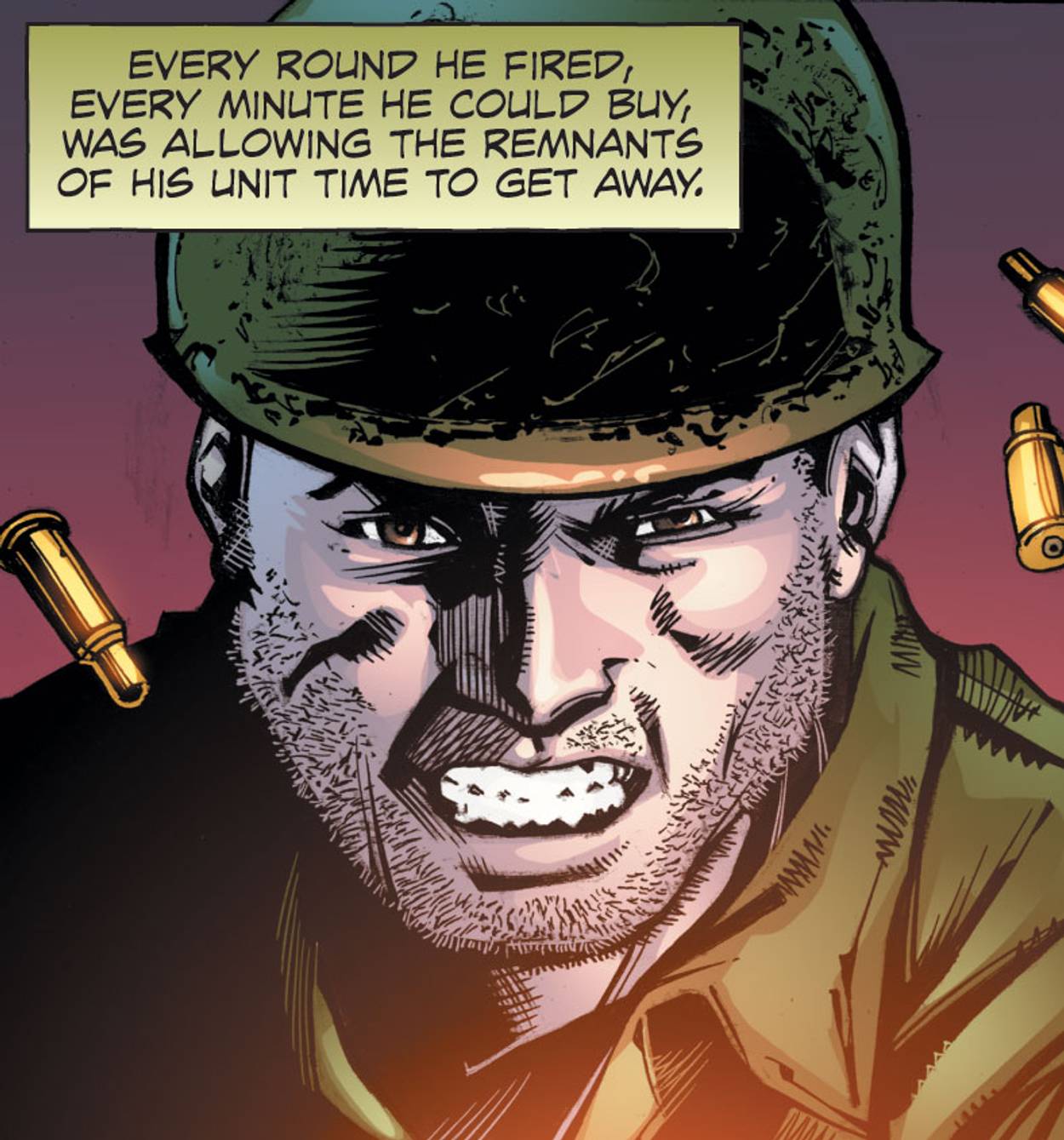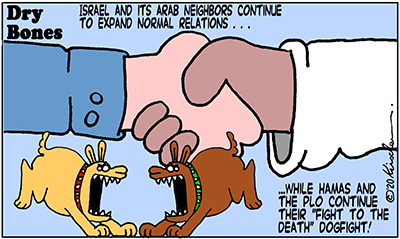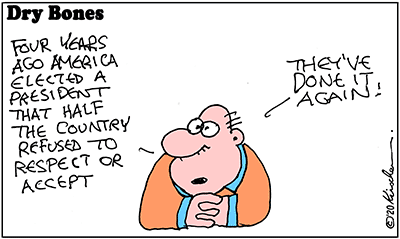David Collier: Amnesty and the left wing media, finally spill the truth
The removal of tents We know all of these reports are lies. Last week I reported on the deception. Since then both Honest Reporting and CAMERA have produced articles exposing the depth of media lies. Israel advocacy movement also published a video dealing with the deception and focusing on the outrageous ‘ethnic cleansing’ claims of Ilhan Omar.Medal of Honor
We all know there was no village. Instead there was a few tents, an outpost, placed illegally inside a military firing zone. Khirbet Humsa is in an area that the Palestinians agreed would be under full Israeli control. The tents were placed their illegally There were seven of them It is a military zone The grazing outpost is new – it was only created *after* Israel had declared this area out of bounds There is no village These Beduin took their case to court and lost – they were told they had no legal right to remain They have been moved dozens of times before These people know they have no legal property rights there They also know they are lying when they say they have lived there forever Nobody gave them just ‘ten minutes’ to move – the authorities have been sending them notices for YEARS. They chose to ignore it all. This is an illegal outpost. Put up provocatively in a military area. Military land v sheep is not new or restricted to Israel. There are examples the world over. Farmer (Romania), finds good grazing land – builds without permits – has to move on. Yada yada yada. Farmers (UK) need to move off land when firing exercises take place – yada yada yada. Military orders (Sth Korea) expel an ACTUAL village (not imaginary one) – yada yada yada.
The misreporting raises another issue. This from the Belgian Ministry of Foreign Affairs:We condemn the recent demolition of 4 homes in the occupied Palestinian Territories by the Israeli authorities.
— 🇧🇪 Belgium MFA (@BelgiumMFA) November 6, 2020
This essential infrastructure was built with Belgian funding. Our country asks Israel for compensation or restitution for the destructions.
▶️ https://t.co/QDneY6i6R1 pic.twitter.com/r5DsUfIkHA
Apparently these people receive funding and supplies from the EU. How on earth are members of the EU justifying sending funding to illegal outposts in Area C – an area under full Israeli control? This is the relevant question our media will never ask. How our irresponsible media support the conflict
Here is an ABC question. If every time that a Palestinian illegally sites a tent – even in a closed military area – Israel receives negative headline press for removing it – what do you think the outcome would be?
Hence, because our own media are tripping over themselves to publish any disinformation about Israel that they can, they enable and empower those seeking to toxify the atmosphere even further. Would these families still have deliberately sought out this ongoing confrontation (which they did) if the media were not eager to print this story?
We know that there are anti-Israel provocateurs looking for trouble in areas such as the Jordan valley. Just as we are aware the livelihood of some NGOs is dependant on frequent tensions. These are all shady groups with little or no accountability.
Our media are different. As there are real consequences to the swallowing of lies and anti-Israel propaganda that openly encourages further actions of the type – we should hold them to account for the part they play. This relationship between an anti-Israel media and willing actors inside Area ‘C’ is rarely fully understood.
The greatest comic book you’ll read this year doesn’t feature a band of intergalactic avengers staving off alien invaders. It has nothing to do with raging green beasts or playboy billionaire inventors or Norse gods locked in sibling rivalry. Unlike anything by Marvel or DC, this one isn’t bloated and flashy—it’s 11 pages long, and spends more time on facial expressions than on flashy effects. Which is just as well, given that its hero is a real-life person whose story is infinitely more moving, thrilling, and inspiring than any of the masked machos its creators helped bring to life.
He is Tibor Rubin, and when we first meet him, he is dug into the dirt on a Korean mountainside. He is alone, but the Chinese army is closing in quickly. The fire emanating from Rubin’s machine gun isn’t the silly stuff of comics; it’s a hellish tongue, lapping everything in its way, a perfect visual representation of man’s inhumanity to man.
And that’s just the first panel; by the second, we meet Rubin again, this time as a child, dressed in a prisoner’s uniform and guarded by the SS. “Rubin learned early about the depth of cruelty his fellow man was capable of,” the comic book laconically informs us, and then conjures a fat-faced German who, looking bemused, tells Rubin that none of the death camp’s Jewish prisoners will survive.
Rubin, thankfully, defies the odds, and when he’s liberated by American soldiers he makes his way stateside and, though not yet a citizen, volunteers to become an American soldier himself.
From that point on, the comic book reads like one of those gritty montages that made old-fashioned war films so fun: Outnumbered by the enemy, Rubin’s outfit, the Third Battalion, decides to withdraw to the Pusan Perimeter. But Rubin decides to stay behind, eager to give the impression that the hill is still fiercely defended by scores of men; he jumps from foxhole to foxhole, seizing carbine and machine gun and grenade, unleashing that infernal fire wherever he goes. By the time the action’s over, the comic book gives us Rubin in profile, looking stoic amid the pale gray rock and the ink-blue sky. “The number of casualties he inflicted,” the text curtly informs us, “was staggering.”
All that would’ve been enough to make anyone a hero, and Rubin’s colleagues moved to file the necessary paperwork to recommend him for the Medal of Honor. They never had the chance to submit it: On Nov. 1, 1950, Rubin and his friends were awakened by the sound of bugles, and soon learned that nearly 400,000 Chinese soldiers were upon them.
A Comforter and Friend on the Front Lines
How Rabbi Harry Richmond viewed his historic role as a chaplain in the U.S. Army
In 1917, the year the U.S. entered World War I, Rabbi Harry Richmond was a newly minted graduate of Cincinnati’s Hebrew Union College, the culmination of nine years of higher education, including a stint at the University of Chicago and an undergraduate degree from University of Cincinnati. Richmond was regarded for his keen intellect, earning the Reform seminary’s top prize for academic achievement.
At a symbolic vote of the student body, Richmond had been the only student at Hebrew Union College to cast his vote opposing the U.S. entering WWI.
That same year, after Congress passed a law designating military chaplains for various religious groups, the Jewish Welfare Board was established to attend to the spiritual needs of approximately 225,000 Jewish soldiers in the American armed forces. The board set about recruiting rabbis for chaplaincy service. According to Louis Barish in his 1962 article in The American Jewish Historical Quarterly called “The American Jewish Chaplaincy,” out of 400 English-speaking rabbis in the U.S., only 34 were endorsed—including Richmond, who received a JWB recommendation.
In July 1918, 28-year-old Richmond was the first rabbi to volunteer for military service in WWI, waiving his clerical exemption and enlisting as a private. It is unclear if Richmond had changed his position on the war, but his classmate and fellow chaplain, Rabbi Elkan Voorsanger, later expressed the concerns of himself and others—like Richmond—who volunteered to serve despite opposing the war; Voorsanger is quoted in Albert I. Slomowitz’s book Fighting Rabbis: Jewish Military Chaplains and American History:
“I am entering this war to register my protest against the war,” he wrote. “I can do that in no better way than to go to the front to alleviate the suffering of those who know not why they go.”
Over the next 25 years, Richmond would serve as an Army Chaplain on the battlefield in France, witness the Japanese attack on Pearl Harbor, and serve as the only Jewish chaplain to represent the U.S. Army overseas in both WWI and WWII.











































